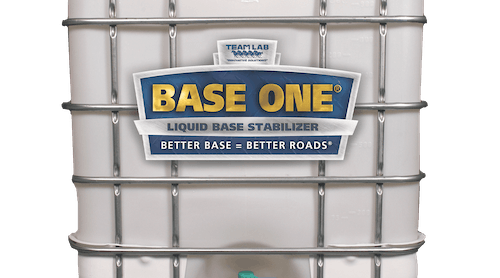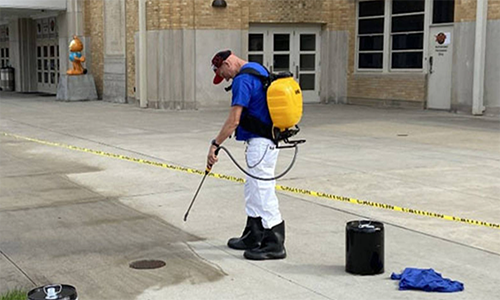By Andrew Poszich, Contributing Author
Companies are scrambling to take advantage of generative artificial intelligence (AI) tools such as Chat GPT, Bard, and Alpha Code while also weighing the risks involved.
These tools can aid civil infrastructure professionals in several ways, such as thought organization, proposal writing, and other types of communication.
The ability of some of these large language models (LLMs) to regurgitate information back to the user naturally is impressive. While corporate solutions such as Microsoft’s Copilot are on the horizon, there are things we can do now to improve our daily workflows.
With another screen open on your computer, an AI chat service can improve traditional notetaking. Simply copy and paste any meeting, project, or scoping notes into the chat service.
Prompt: “Index the following notes from [meeting name]: [pasted notes].”
Enter additional context information that describes who you are, the purpose of the meeting, and what information you would like to gain; the more context information you feed to AI, the more targeted results will be.
We’ve essentially created a supporting agent to supplement your note-taking and help you quickly dissect information. Better yet, you can now query the AI and extract main takeaways or provide potentially valuable insight, which can then be appended to your existing notes.
For example: “My role in this project is to develop a cost estimate based on the provided notes. What are some steps I should take to achieve the desired goal?” This prompt will provide you with a great starting point for developing a personal action plan. A similar approach can be used to develop an executive meeting summary to distribute to the attendees.
Similarly, proposal writing can be enhanced by copying and pasting information into a generative AI service and requesting feedback. It can be a simple quality control step seeking to catch semantic errors, but this is something that can be accomplished with a standard word processor. Instead, providing greater context to the situation can elevate the quality of the responses you receive.
By providing a list of key points you wish to highlight throughout the document, the AI can evaluate how effectively the messaging is delivered.
Prompt: “Given the following key points we wish to address [list key points], how well does the following document cover each item?”
This is a quick way to get a fresh perspective on your write-up before involving a larger team review. You can then build upon this thread, further providing context to flesh out some of your thoughts or ideas.
Remember, this is not an internet search; you can chat with AI and ask questions like you would a fellow co-worker, making it a great sounding board for new ideas. You can even feed it key elements of the scoping document or other source information to compare.
Prompt: “Please update your feedback on the provided document to address the main points of interest outlined in the following scope: [insert scope segment].”
The more you utilize these chat-based tools, the more comfortable you get with building on top of previous queries. Remember that this is general AI and not well-versed in technical topics. Technical acumen should be applied to all feedback received. It should also be noted that sensitive information should not be shared as the full parameters around intellectual property laws, etc., and these AI tools are being explored.
These platforms truly excel when converting information into alternate format types.
Efficiently summarizing a lengthy scope, policy update, or other document is incredibly helpful. With AI being worked into web browsers and inevitably into your PDF viewers, it is becoming increasingly easier to access this capability.
For instance: “Summarize the current webpage [document]” can provide you with a quick 2-minute read. You can also ask for key points of emphasis related to certain job functions (“are there any updates to structures policy?”).
However, the largest challenge might continue to be creating an initial outline of a message you’re trying to convey. But, as mentioned above, you can feed raw ideas into an AI chat agent, along with some additional context, and ask it to provide a cohesive outline.
Prompt: “Given the following objectives and initial thoughts, provide a high-level outline for a project update: Objective: [list objectives], Thoughts: [list thoughts].”
And while our slide decks may not be auto-generated (yet), you can still leverage similar queries to aid in your presentations.
Prompt: “With the goal of developing a presentation on [x], provide a bulleted summary of the previously listed outline as it would appear in a slide deck.”
The future of AI is full of uncertainty and is evolving at a rapid pace. As our industry evolves along with it, you’ll likely see more integrated corporate solutions. While having all our work data indexed and searchable with a few keystrokes may still be a way around the corner, there is no reason we can’t begin to rethink how we do business. R&B
Andrew Poszich, PE, is a design integration lead at RS&H.












